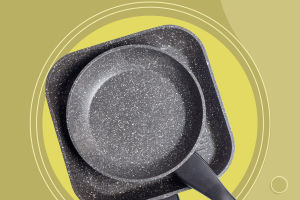The saxophone is an interesting instrument. When you listen to the famous saxophone, you can't help but immerse yourself in it and revel in it. When you play the saxophone, you feel pain because you have a lot of difficulties.
The saxophone is a musical instrument invented by Belgian Adolphe Sax in 1840. Loved by many people.
Saxophone choice.
Generally speaking, the quality of the musical instrument is related to the beginner's playing level, so be careful when purchasing.
Pay attention to the following aspects:
1. Carefully observe its appearance, whether the coating is uniform and whether there are bumps.
2. Check whether the keys are marked, whether the stud on the resonator is accurately connected to the center of the sound hole, and whether the keys are tightly covered.
3. Check the sensitivity of its mechanical parts, whether the spring tension is appropriate, and whether there is a gap between the key column and the connecting rod.
4. Check its intonation, the pitch difference between two notes cannot exceed ten.
Installation of saxophone.
When installing, do not move too violently!
1. Prepare the mouthpiece, checkpoint, reed and saxophone.
2. Hold the mouthpiece with your left hand, place the reed on it with your right hand, and hold it down with your left thumb.
3. Cover the mouthpiece and reed from top to bottom, turn the screw to screw it in place.
4. Screw the installed cigarette holder into the curved neck, and the insertion depth is generally 2cm--5cm.
5. Remove the black plug of the saxophone, insert the installed elbow into the main pipe, and tighten the screw.
6. Adjust the saxophone strap, hook the hook on the saxophone with the hook of the strap, and you can play!
Maintenance of the saxophone.
1. Saxophone storage problem. After use, lay the saxophone flat on the table.
Don't let the saxophone slip because the table is unstable. One side of the button should be up, not on the underside of the saxophone, which is easy to damage.
2. Clean the residual moisture in the tube.
After use, remove the curved neck, first pour out the water in the tube, then wipe off the residual water on the bell mouth with an absorbent cloth, and place it in a ventilated place to dry naturally.
3. The keys will be dripped with key oil regularly.
Keys are the key to tone shifting. In order to prevent the keys from rusting and lead to poor performance, special key oil should be dripped on the keys regularly, about once every two months, to maintain the elasticity of the keys.
4. Clean the surface of the tube body.
After use, avoid hand sweat corroding the tube body, and wipe the tube body with a transparent cloth.
5. Clean the leather pad.
After blowing, place absorbent paper between the leather pad and the sound hole to absorb excess moisture and keep it dry.
The music is wonderful because this wonderful music is the sweat of the players.


